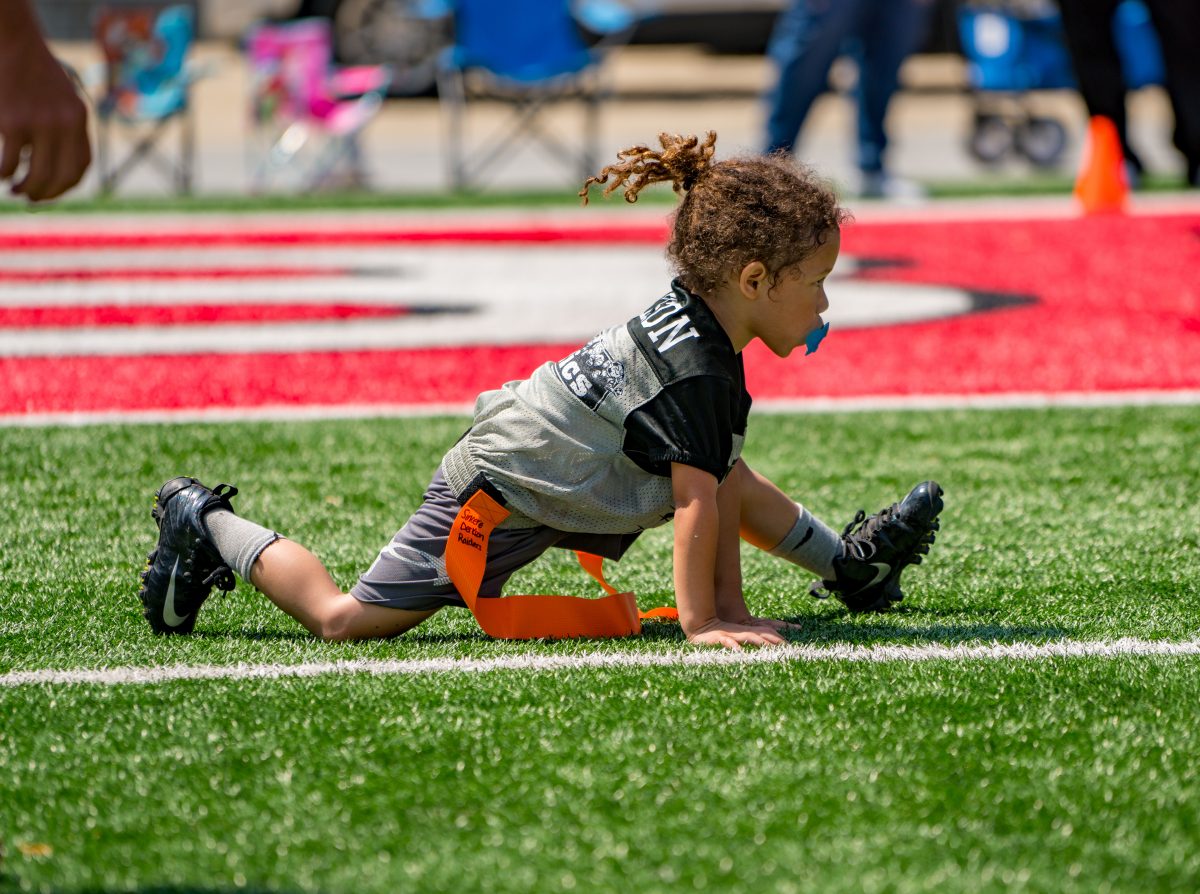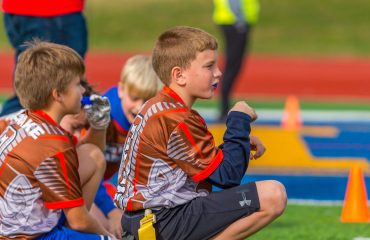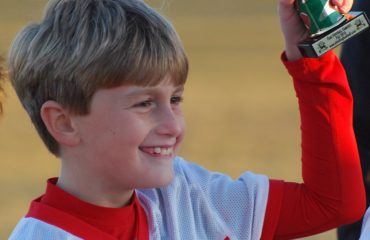Keeping Kids Routinely Active in the Summer

We have made it to June, the first official month of summer, and I think that many of you will agree with me when I say that I miss my childhood summer. I would spend endless hours under the sun, running around outside with my friends until I was called in for dinner by my mom.
But, now it seems almost impossible to keep kids motivated enough to even want to go outside during the summer.
Let’s face it – kids nowadays are more prone to spend their days isolated and glued to devices, or for lack of a better word, couch potatoes.
Expectations for school and social groups, like athletes, create motivation during the school year. There is routine. Structure. This is what keeps self-esteem and motivation high for kids to stay active.
When summer rolls around, the routine is lost. When the routine is lost, motivation goes down. When motivation goes down, self-esteem is lost. It is a cycle that is seen too often during the summer. And, you might even be a parent that is agent to this reoccurrence.
According to Columbia University Mailman School of Public Health, there are about 15 million kids, ages 5-12, that parents leave unsupervised during summer days in the U.S. These kids don’t spend their unsupervised time engaged in physical activity.
Yes, I get it. Summers are for relaxation and shouldn’t be occupied with strict schedules for sports. But, it is the start to a healthy and habitually athletic lifestyle.
Create a child who enjoys sports more than their video games by keeping an active routine this summer.
Sign up for summer sports camps. Not only will the conditioning practice help develop skills for your child’s future seasons, but it will provide a structure for an activity-based day. Sports camps promote exercise, encouraging healthier habits.
Technology restriction. During the school year, they are actively engaged with academics and social interaction, so they rely less on technology. The reliance on technology skyrockets in the summer when boredom and lack of motivation set in.
Plan family outings. Make physical activity a positive and fun experience. Go hiking. Go on a walk. Go swimming. For whatever the activity might be, a positive memory as an outcome will influence future physical activity.



